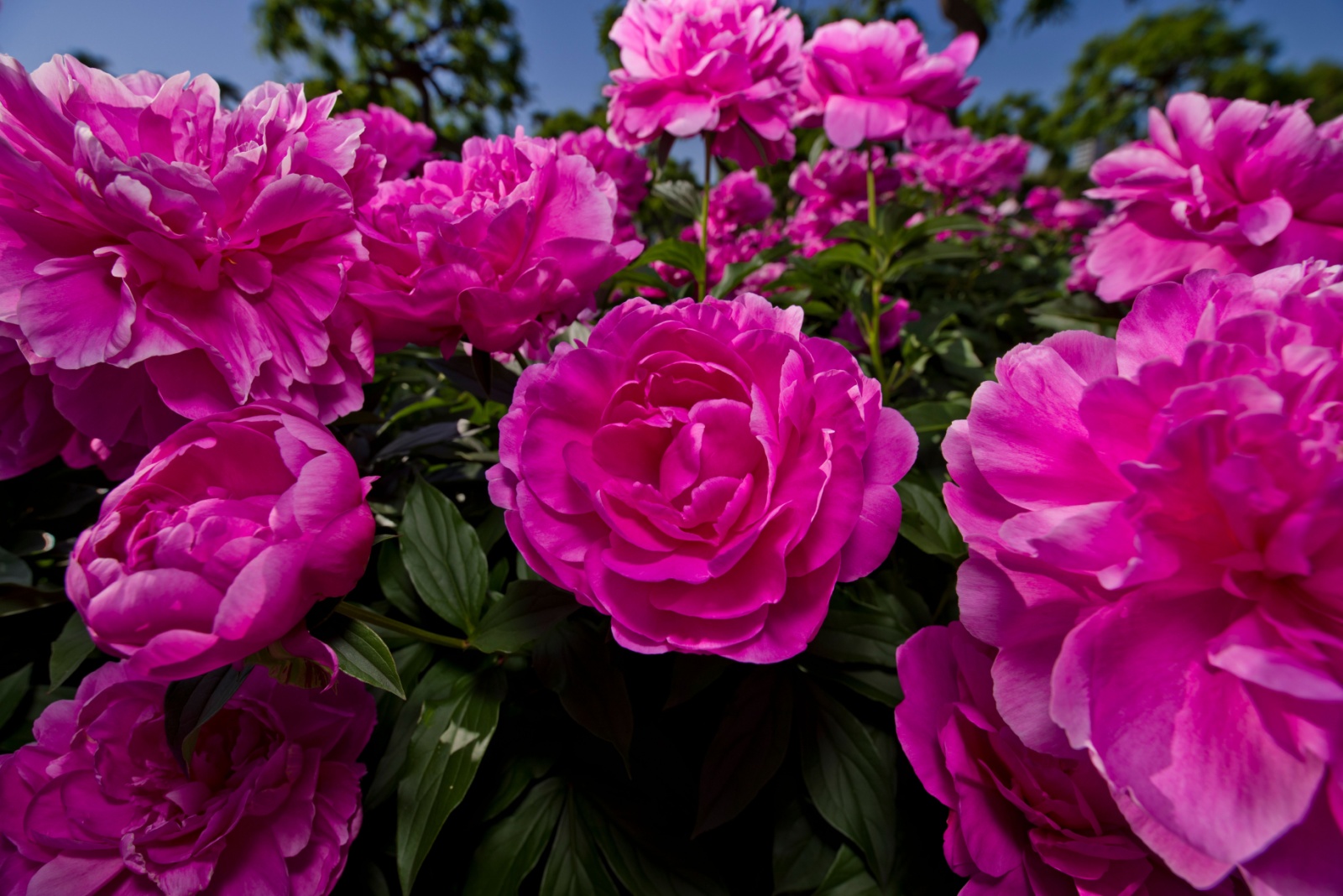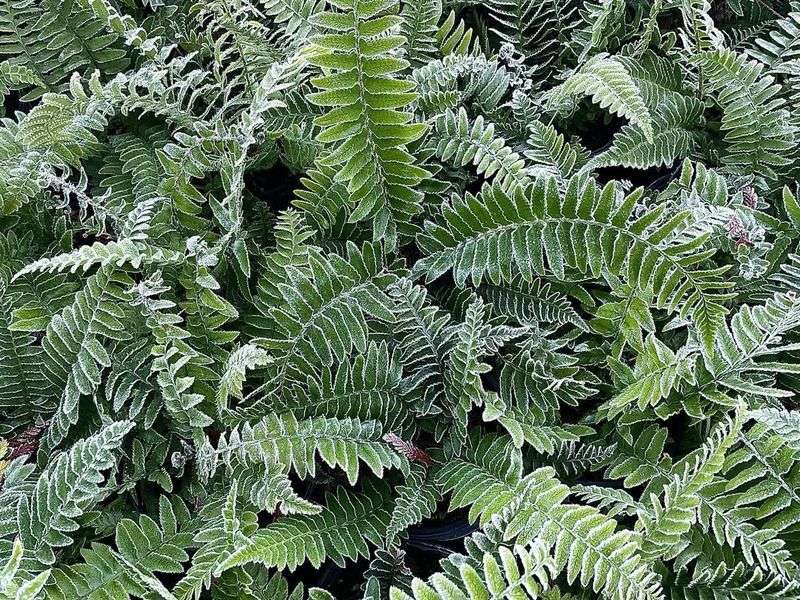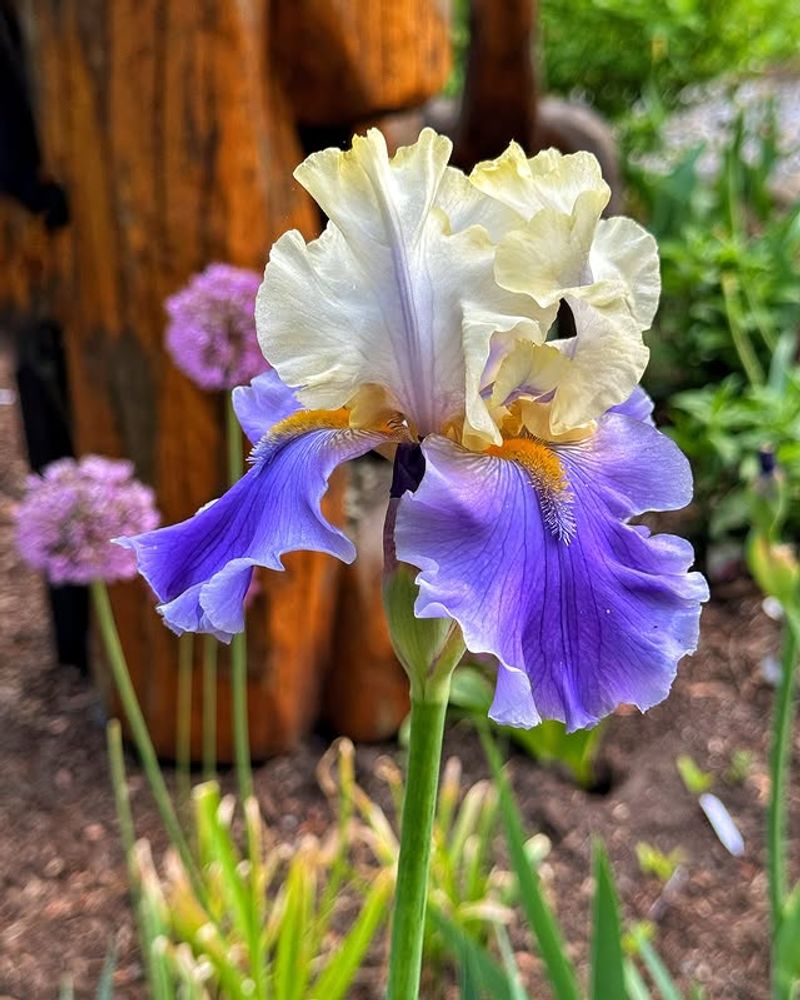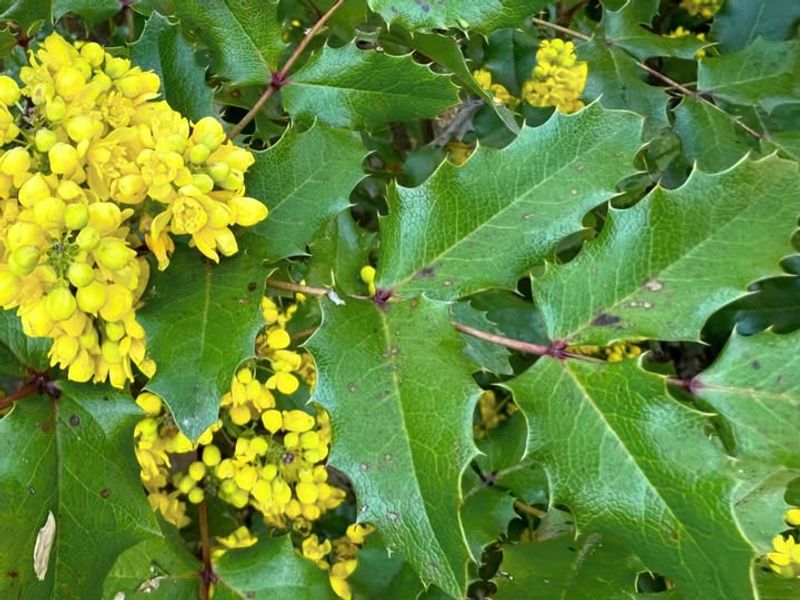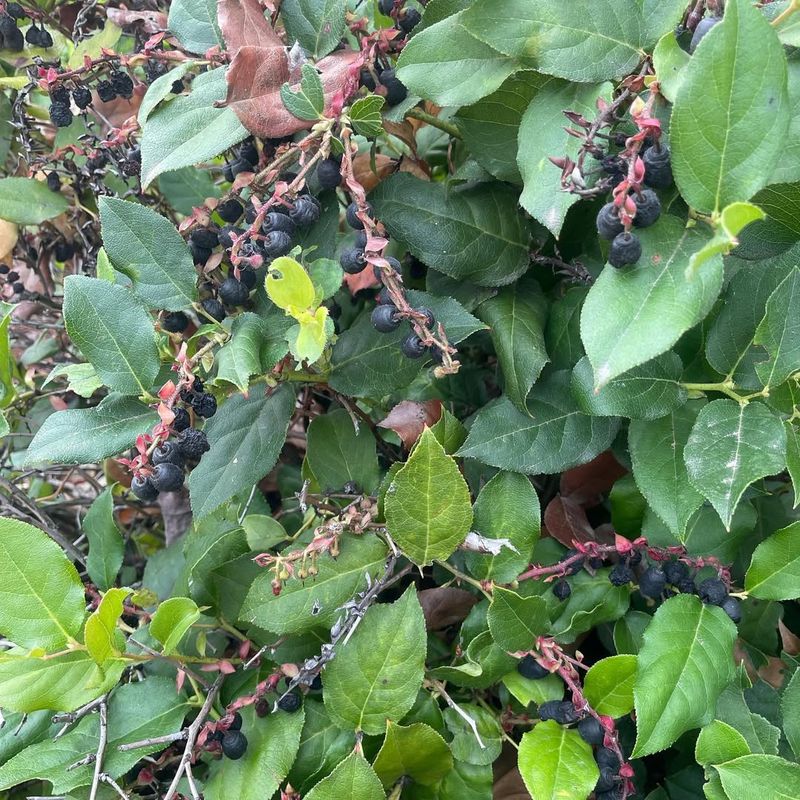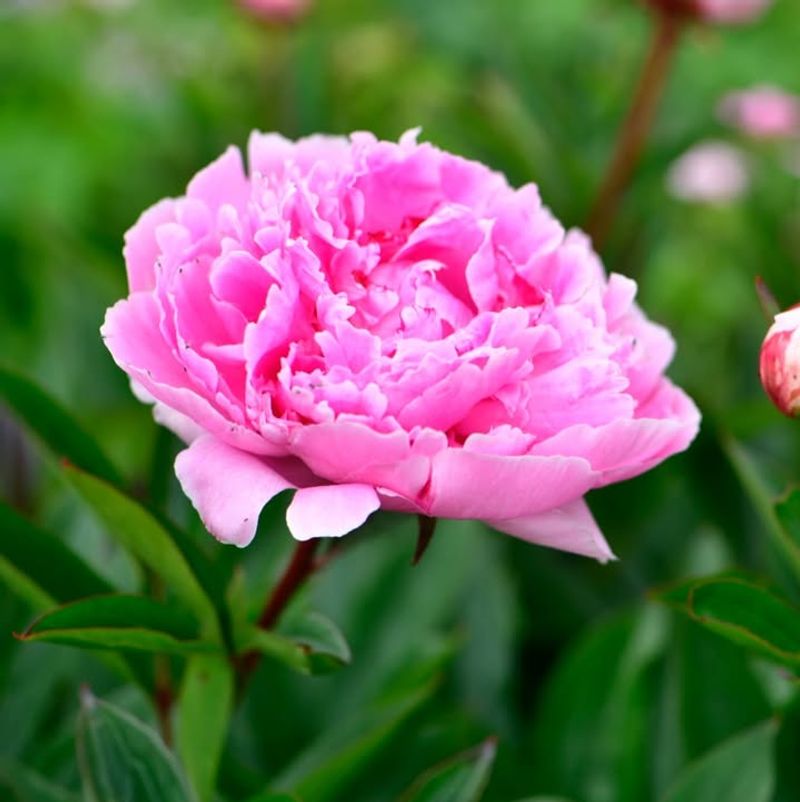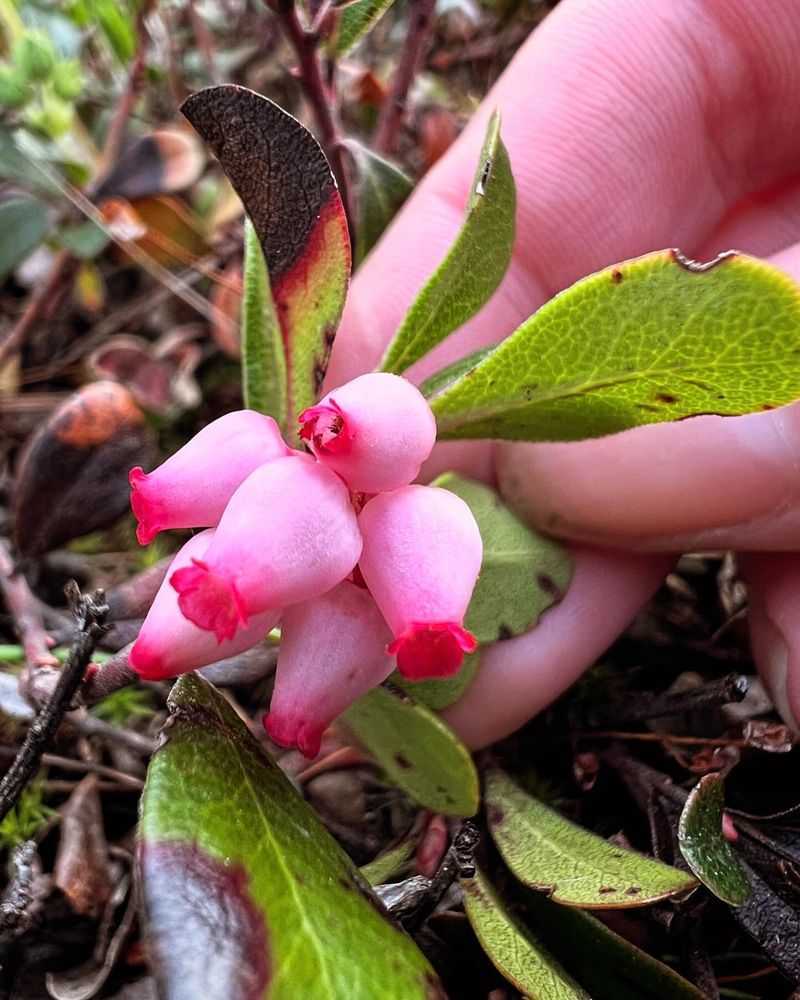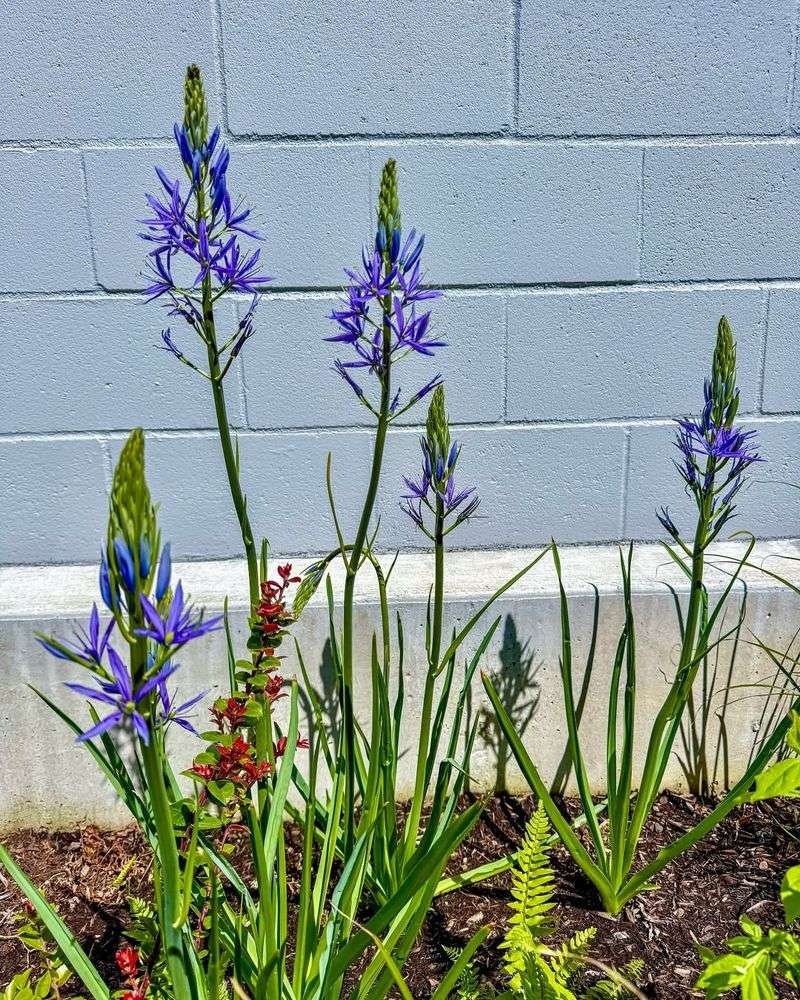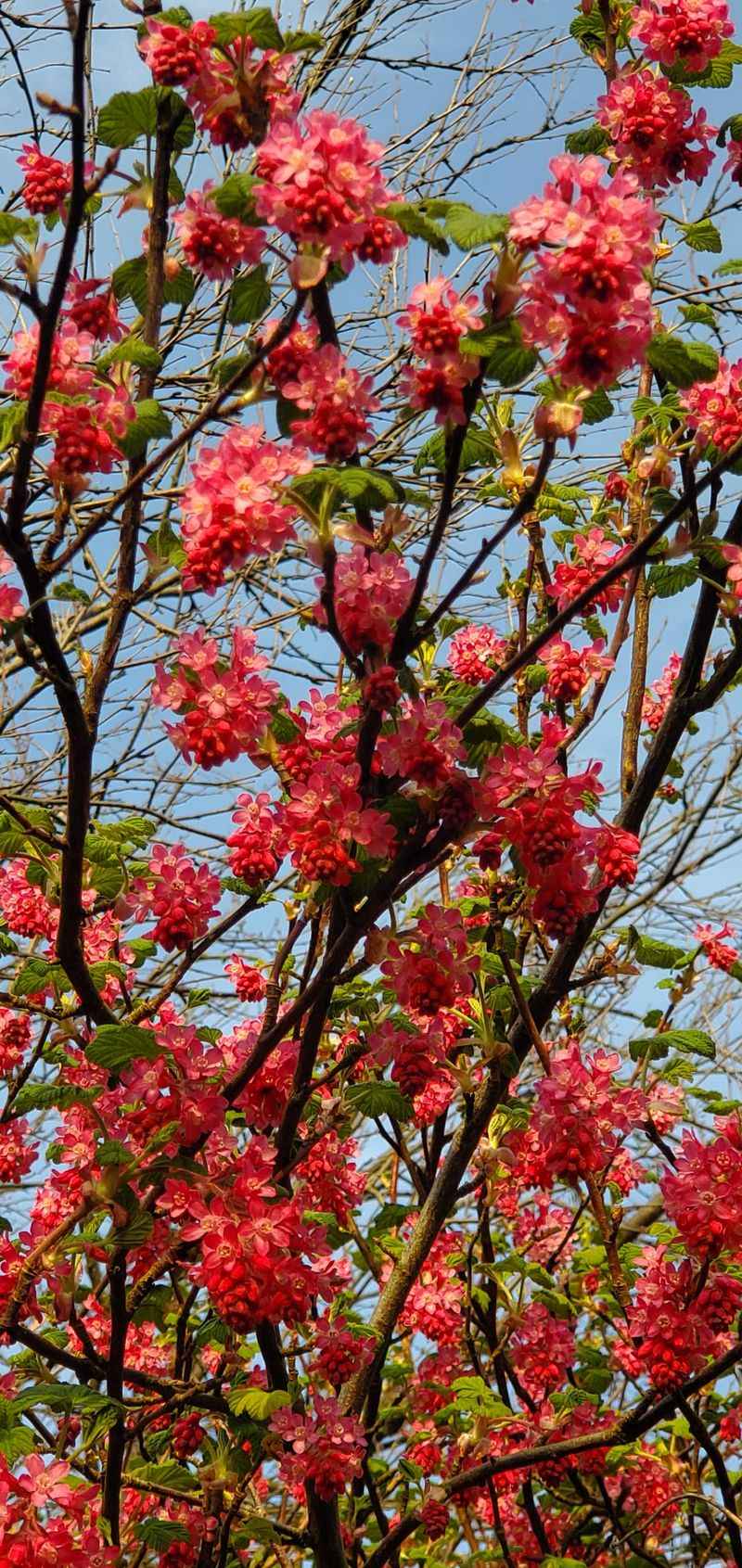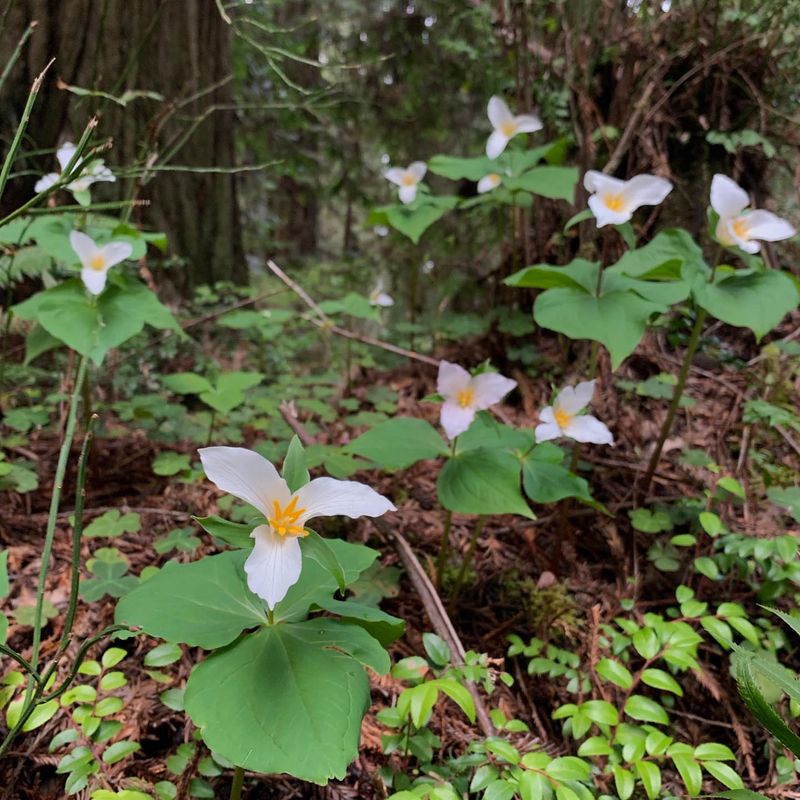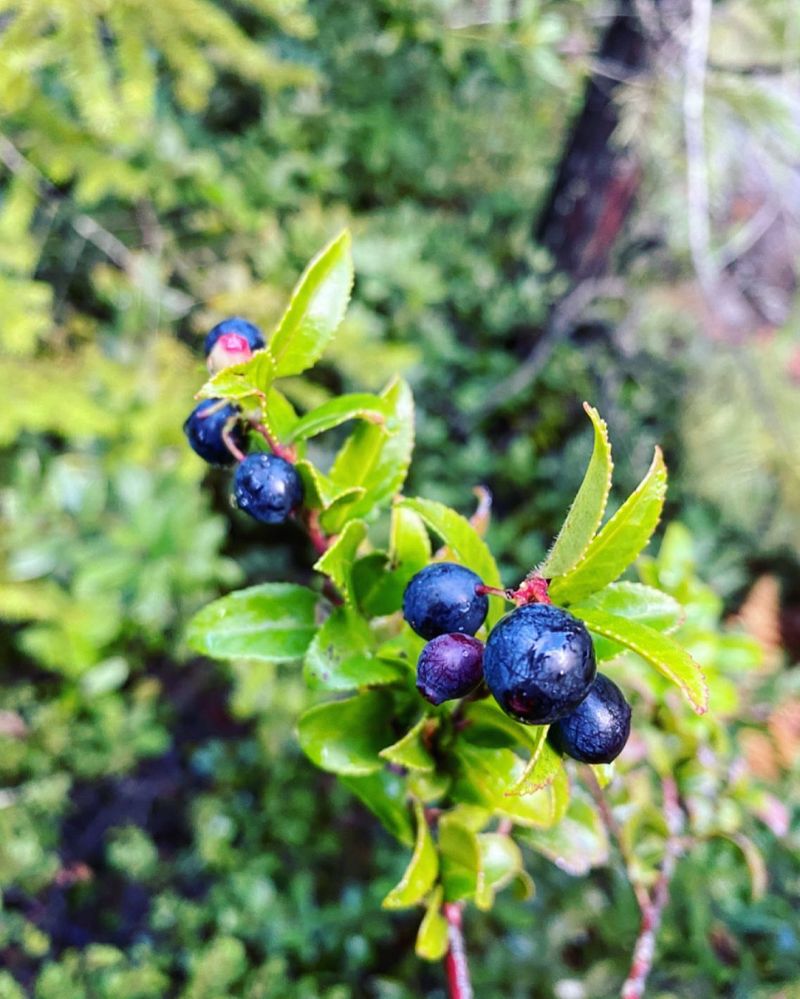Washington’s unique climate creates the perfect environment for certain perennials to thrive with minimal human interference. The region’s moderate temperatures and adequate rainfall allow these hardy plants to establish strong root systems when left undisturbed.
Many gardeners are surprised to discover that their well-intentioned pruning and dividing can actually reduce flowering in these self-sufficient beauties.
1. Pacific Bleeding Heart
Native to Washington’s woodland areas, this shade-loving perennial develops a stronger blooming habit when its root system remains undisturbed. The delicate heart-shaped flowers appear in spring, dangling from arched stems like little pink and white valentines.
In my garden, bleeding hearts planted five years ago now produce twice as many blooms as when first established. They naturally go dormant in summer heat, so resist the urge to water or fertilize when they yellow and die back.
2. Sword Fern: The Backbone Of Shade Gardens
Sword ferns define Washington’s forest floors with their evergreen fronds reaching up to four feet tall. Unlike fussier plants, these natives actually resent being moved or divided.
Years ago, I attempted to split an established clump, only to watch both divisions struggle for two seasons afterward. Left alone, sword ferns gradually expand their territory, creating dramatic architectural elements in shady spots where few other plants thrive.
Their deep roots help prevent erosion on sloped sites throughout the Pacific Northwest.
3. Bearded Iris: The More You Ignore, The More They Shine
Conventional wisdom says divide iris every few years, but my most spectacular displays come from clumps left untouched for 5+ seasons. Washington’s dry summers perfectly match their Mediterranean heritage.
The trick is planting them with their rhizomes partially exposed to the sun. This prevents rot during our wet winters while allowing the plant to establish a dense network of roots and rhizomes.
One patch in my Olympia garden has tripled its bloom count since I stopped my annual division routine.
4. Oregon Grape: Washington’s Trouble-Free Native
Despite its name, Oregon grape thrives throughout Washington, producing bright yellow flowers in early spring when little else blooms. Birds flock to the purple berries that follow, spreading seeds to create natural colonies.
The glossy, holly-like foliage remains attractive year-round, taking on burgundy hues during winter. Attempting to prune or shape these plants only reduces their natural architectural form.
My specimen near Seattle has flourished for over a decade with absolutely zero maintenance – no water, no fertilizer, no pruning.
5. Salal: The Unsung Hero Of Washington Gardens
Salal forms the understory of coastal Washington forests, with glossy leaves and small bell-shaped flowers that transform into edible berries. Attempting to prune or control this native only results in fewer berries and diminished vigor.
The key to success is proper placement – give salal room to spread naturally in acidic, partially shaded locations. Commercial growers harvest the foliage for floral arrangements, but home gardeners should resist the urge to cut it back.
My untouched patch has become a wildlife haven.
6. Peonies Prefer Patience In Puget Sound
Gardeners often wonder why their newly planted peonies produce few flowers. The secret? These long-lived perennials resent disturbance and may sulk for years after planting or division.
In Washington’s climate, peonies planted at the correct depth (no more than 2 inches of soil covering the eyes) and then completely forgotten will gradually increase their bloom count each spring. My grandmother’s peonies, untouched for 30 years, produce dozens of flowers annually.
Avoid the common mistake of mulching too deeply around their crowns.
7. Kinnikinnick: Ground Cover That Loves Neglect
Spreading its evergreen mats across Washington’s coastal areas and mountains, kinnikinnick creates carefree carpets that bloom more profusely when left undisturbed. The tiny pink bell flowers attract native pollinators before developing into bright red berries.
Struggling plants are often victims of excessive care – too much water, fertilizer, or unnecessary pruning. Sandy, well-drained soil mimics their natural habitat along Washington’s shorelines.
A patch I planted near Port Angeles has thrived for eight years with zero maintenance.
8. Camas: The Prairie Flower That Returns With Abundance
Once covering vast prairies throughout Washington, camas lilies create stunning blue-purple displays when allowed to naturally multiply. These native bulbs resent being dug or divided, preferring to form dense colonies over time.
The key is mimicking their natural cycle – allowing foliage to yellow completely before mowing areas where they grow. Each undisturbed bulb produces offsets that eventually flower, creating ever-larger displays.
In meadow gardens around Olympia, untouched patches double in size every few years.
9. Red-Flowering Currant: Spring’s First Show
Hanging clusters of pink-red flowers announce spring’s arrival throughout western Washington on this native shrub. Hummingbirds depend on these early blooms when little else offers nectar.
Many gardeners make the mistake of pruning these shrubs into unnatural shapes, not realizing they’re removing the very branches that would produce next year’s flowers. The naturally arching form allows for maximum bloom display.
My specimen near Bellingham has tripled its flower production since I stopped all pruning five years ago.
10. Trillium: The Forest Jewel That Demands Patience
Washington’s woodland trilliums take years to establish but reward patient gardeners with increasingly magnificent displays. These native spring ephemerals disappear completely by midsummer, often causing concerned gardeners to disturb their dormant roots.
The secret is marking their location and then completely ignoring them. Each undisturbed plant gradually forms a larger rhizome capable of producing multiple stems and flowers.
A patch in my Seattle shade garden started with three plants and now boasts over twenty blooms each April.
11. Evergreen Huckleberry: The Productive Privacy Screen
Growing slowly but steadily in Washington’s acidic soils, evergreen huckleberry produces tiny bell-shaped flowers followed by delicious dark berries. Attempting to shape or prune these natives significantly reduces both flower and fruit production.
The small, glossy leaves create a dense privacy screen that birds love for nesting. Unlike many ornamentals, these shrubs actually produce more berries in partial shade than full sun in our climate.
A row planted along my property line in Sequim provides both privacy and several quarts of berries annually.

